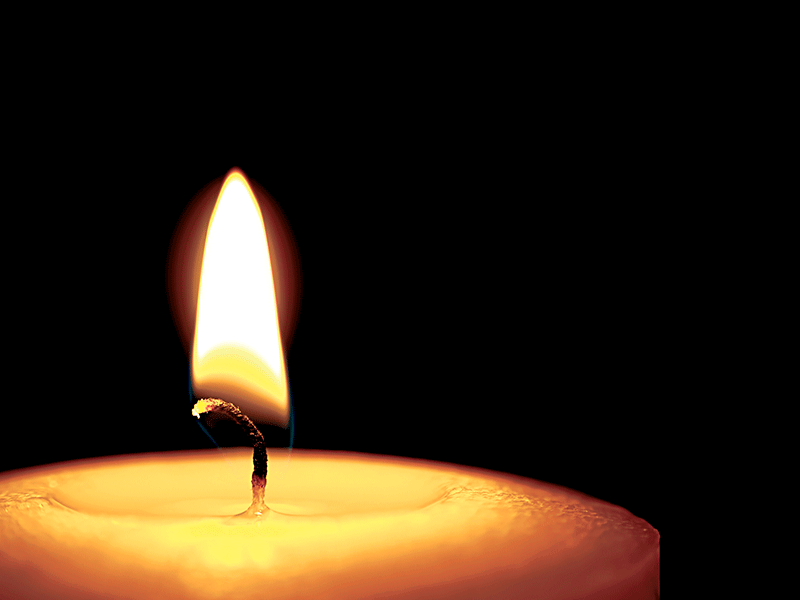In the atrium of Beth Tzedec synagogue in Toronto is a reproduction of the floor of Bet Alpha, a sixth-century Israeli synagogue that was excavated between 1929 and 1932. The panel features a zodiac, which consists of the four seasons, 12 zodiac signs and Helios, the Greco-Roman sun god, in the inner circle. There is great debate about the significance of these symbols, which appear in a number of synagogues from the same period.
I have often linked the image of Helios to the words of Psalm 19, which praise the sun and the Torah, joining light and divine teaching: “The heavens declare the glory of God. (The sun) rises at one end of the heavens and makes its circuit to the other.… The teaching of the Eternal is sublime, refreshing the human.”
Light is a universal symbol that takes on particular meaning for Jews. Candles mark the transition into and out of Shabbat, symbolize the miracles of Jewish survival on Hanukkah and memorialize those we love. “Let there be light” is the first Divine utterance in the Bible and the presence of the Holy One is evoked by a burning bush, a pillar of fire and Sinai aflame. Ritually, God is recalled by the enduring flame in the Wilderness Sanctuary (and contemporary synagogues), as well as by the menorah, which is mentioned in this Torah portion.
Light becomes a metaphor for our souls (Proverbs 20:27) and for divine direction (Psalm 119:105). A midrash portrays God saying, “Carry my light, the Torah, in your hand and I shall carry your soul-light in mine.” The Sefat Emet teaches that if we can become the embodiment of the mitzvot, then we will be a light for others. And Rabbi Abraham Joshua Heschel observed that, “Prayer is a way of seeing the world in the light of God.”
